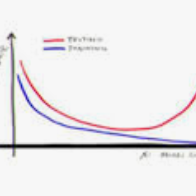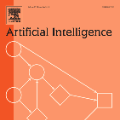Early in development, infants learn a range of useful concepts, which can be challenging from a computational standpoint. This early learning comes together with an initial understanding of aspects of the meaning of concepts, e.g., their implications, causality, and using them to predict likely future events. All this is accomplished in many cases with little or no supervision, and from relatively few examples, compared with current network models. In learning about objects and human-object interactions, early acquired and possibly innate concepts are often used in the process of learning additional, more complex concepts. In the current work, we model how early-acquired concepts are used in the learning of subsequent concepts, and compare the results with standard deep network modeling. We focused in particular on the use of the concepts of animacy and goal attribution in learning to predict future events. We show that the use of early concepts in the learning of new concepts leads to better learning (higher accuracy) and more efficient learning (requiring less data). We further show that this integration of early and new concepts shapes the representation of the concepts acquired by the model. The results show that when the concepts were learned in a human-like manner, the emerging representation was more useful, as measured in terms of generalization to novel data and tasks. On a more general level, the results suggest that there are likely to be basic differences in the conceptual structures acquired by current network models compared to human learning.
翻译:暂无翻译




